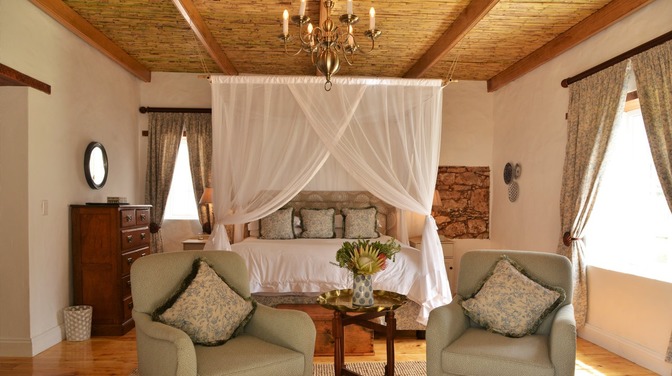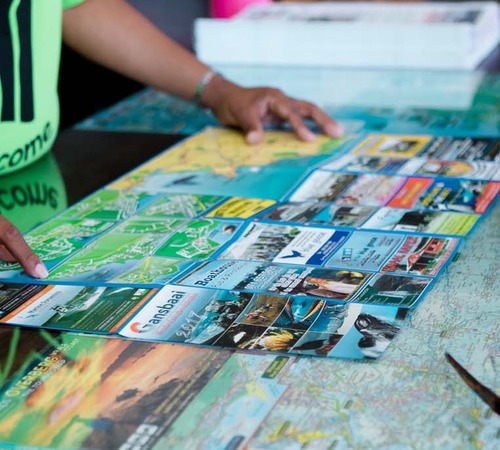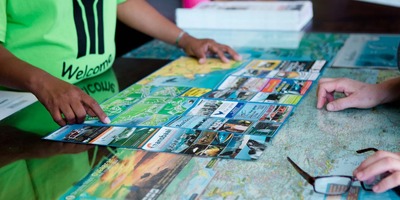Select a category
History of L'Agulhas and Struisbaai
The history of South Africa saw approximately 150 shipwrecks that dot its coastline and these are found predominantly around the most southern tip of Africa at L'Agulhas. It’s fierce and treacherous history is similar to its reef which would eventually give birth to its name.
Tools found in the area date back to over a million years ago, having been made in the Early Stone Age. Fish traps and middens in the area leads us to believe that San and Khoekhoen people used to inhabit this region due to the abundant waters.
The exact discovery of Struisbaai and L’Agulhas seems, however, to be a subject of debate. For Struisbaai it is a debate over the exact origins of the name. The name supposedly has three origins, the first of which is accredited to the straw (“strooi” in Afrikaans) roofs of the fishermen cottages. Another possibility is the ostriches (“struisvogel” in Dutch) that used to roam here, while others believe the name was derived from an old Dutch word meaning “huge” due to the long stretches of beach. For L’Agulhas however, it was the establishment of the town that draws heavy debates. It is believed that L’Agulhas was discovered in the early 1400’s by the Portuguese and finally on 16 May 1488 Bartholomew Dias named the most southern point of Africa after St Agulhas. The southernmost tip was christened Cabo dos Agulhas (Cape of Needles) by the Portuguese, but French influence later turned it to L’Agulhas. As time went by, this version of the name was forgotten, but during the restoration of the Lighthouse the old name was once again reinstated and accepted by the National Names Commission.
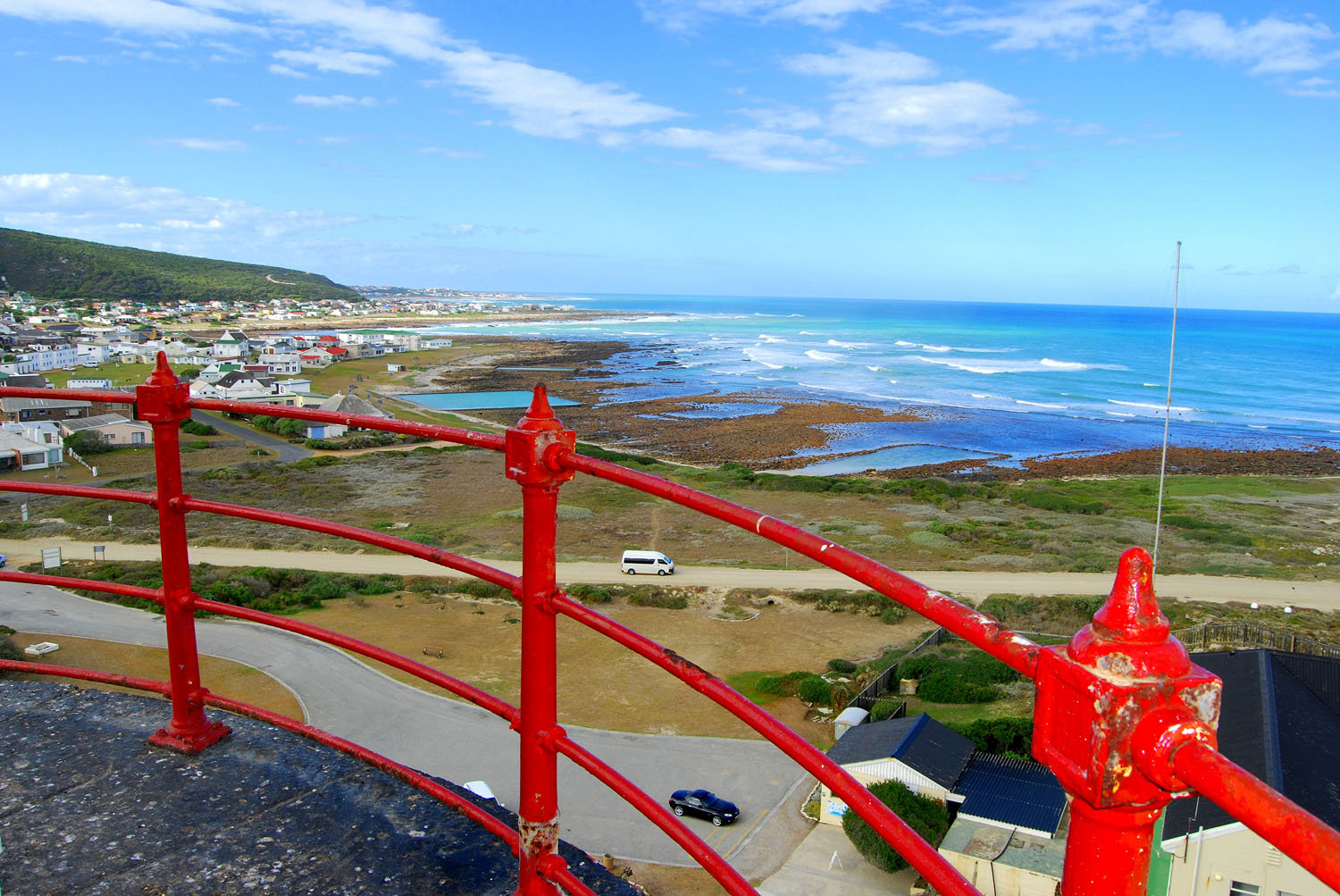
The “Cape of Needles” was thus named for two reasons it would seem, one linked to its geographic whereabouts and one linked to its unforgiving history. The name came about due to the sharp and treacherous reef that lines the coast here and also due to the fact that the needle of a compass does not vary between true north and magnetic north in this part of the world.
This coastal town has quite the diverse heritage due to the shipwreck survivors from different nationalities that eventually settled here. The people of the area also learnt to make these unfortunate events a part of their lives as the debris washed up from the different broken up ships often served as the only source of building materials.
The first ship to meet her unfortunate end on the rocky reef of L’Agulhas was the Zoetendal (1673). Followed shortly by the Joanna in 1682 and the Portuguese ship Nossa Senhora dos Milagros (Our Lady of Miracles) in 1686. Almost 100 years passed before the next documented ship ran aground on the reef, namely the Meermin(Mermaid) in 1766 followed by the Brederode in 1785. With the loss of the various ships there came a request in the early 1840’s for the erection of a lighthouse.
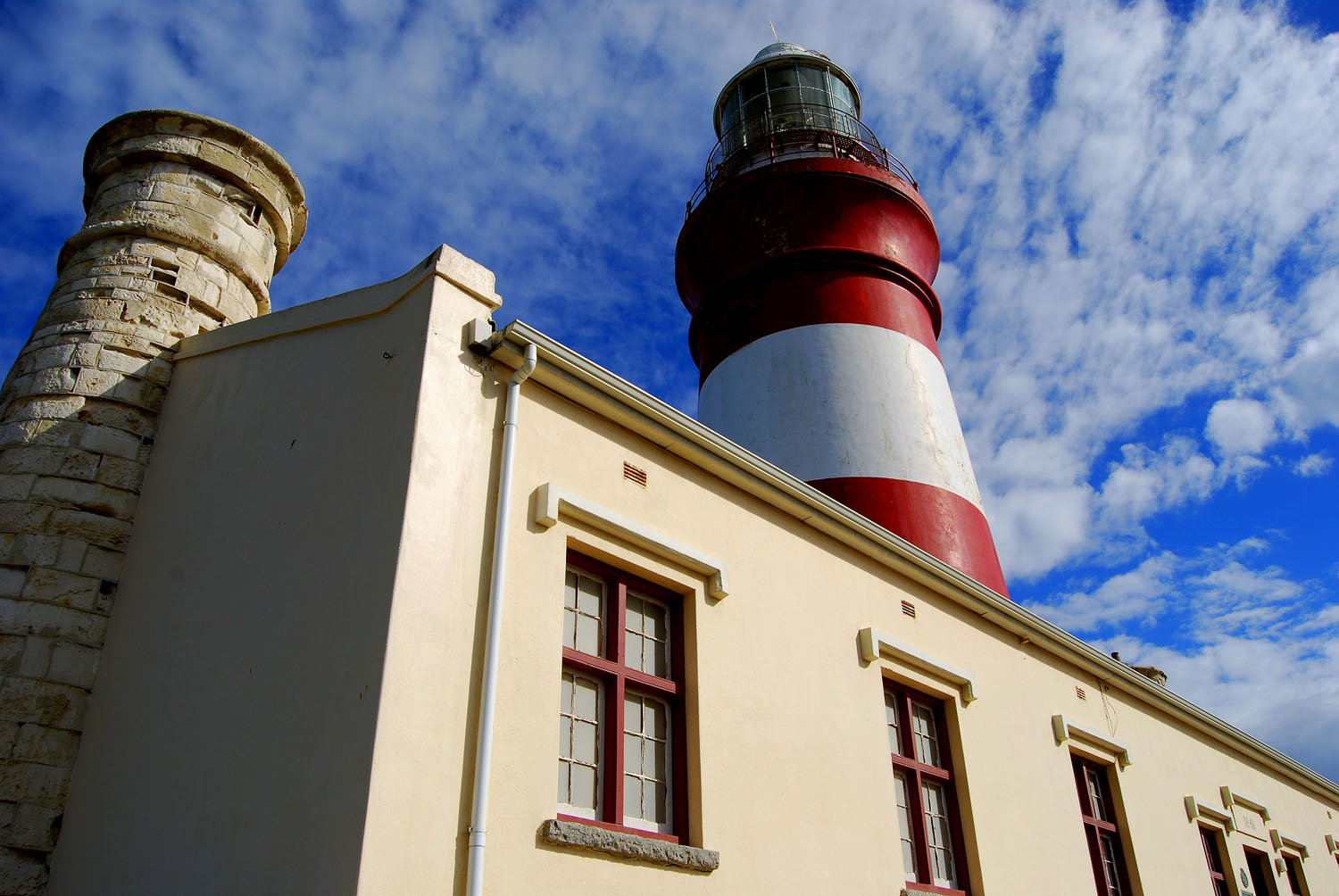
Colonel Charles Cornwell Michell started designing the lighthouse and raising funds for the building, the construction began on April 1st 1847. The corner stone was laid on January 8th 1848 and took Sir Harry Smith, Colonel Michell and 90 odd workmen to complete the lighthouse that was built with limestone. The lighthouse was built in homage to Pharoahs of Alexandria (one of the Ancient Wonders of the World).
The second oldest working lighthouse in South Africa was finally lit on March 1st 1849. The original flame was fuelled by the fat from sheep tails and never failed for a hundred years. It was only during the centenary celebrations in 1949 that the flame was relit for the next hundred years. Unfortunately, even with the cautionary light of the 27 meter high lighthouse, ships still met their match on the rugged reef.
Like faded memories scattered along the coast
In 1871, the steamship Queen of the Thames shipwrecked here on the evening of March 17th and on November 6th 1877 the Marie Elise also surrendered to the turbulent coast. The figurehead of this beautiful ship can still be found in the Shipwreck Museum in Bredasdorp. Almost another century passed before tragedy struck again and after this the burning flame was replaced by an electric light in 1936. The settlement at the southern tip of Africa grew and eventually it was decided to build theStruisbaai Harbour in 1959. Just before the expansion of the harbour in 1990, the WAFRA saw her last of the horizon on February 27th 1971.
Even with the helpful glow in the tower, neither the passer-by ships nor the lighthouse itself could withstand the relentless beating from the weather on the way to the Cape of Storms. Almost a century later the true beacon of hope of the most treacherous coast in Africa had also lost its battle and the decomposition of the limestone caused the L’Agulhas Lighthouse to be declared unsafe in 1968. Due to its important role in the safekeeping of many a seafarer and his ship, the L’Agulhas Lighthouse was declared a National Monument in 1973 and sometime later a restoration programme was started. The L’Agulhas Lighthouse was renovated and turned into the only Lighthouse Museum in the country along with the light being automated in 1988.
The last shipwreck news to date is that of the Meisho Maru that shipwrecked on November 16th 1982. The wreckage still lingers in the shallow waters of the L’Agulhas coast and is located a few minutes’ drive away from the most southern point. A widely popular tourist attraction is the monument erected at the southernmost tip of Africa. The monument was built on October 23rd 1986 and is to this day one of the top items on anyone’s bucket list that visits South Africa.
The history of Struisbaai and L’Agulhas is one built on the wreckage that the sea offered up. The hardy people that settled here, no matter their origin, found a way to survive in this treacherous, yet beautiful coastal region and they flourished. They turned this once unfriendly coastline into one of the most popular and welcoming tourist attractions in South Africa and have made their history a part of their everyday lives.



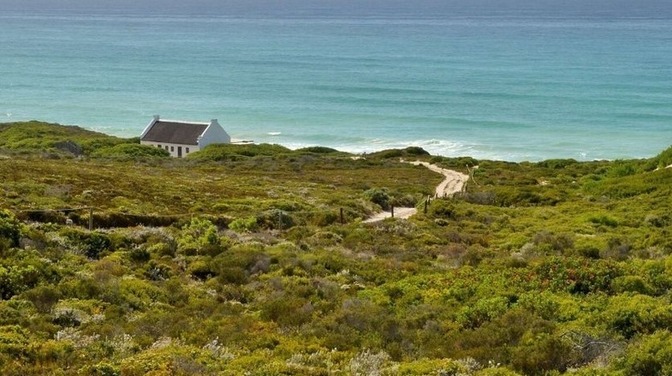



.jpg?width=200&height=94)




